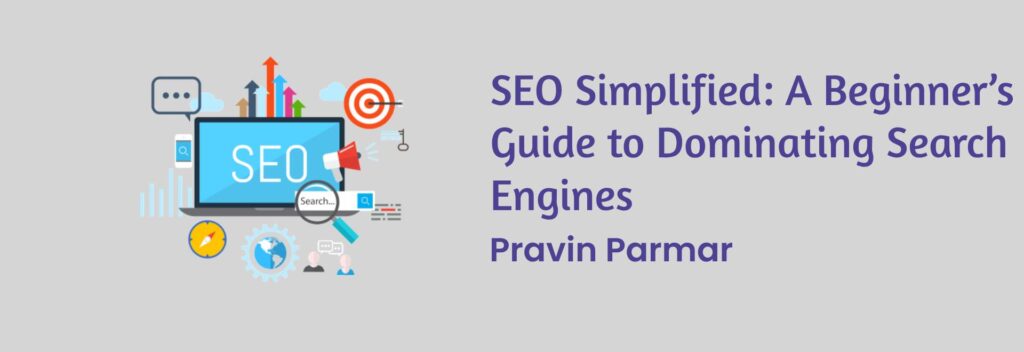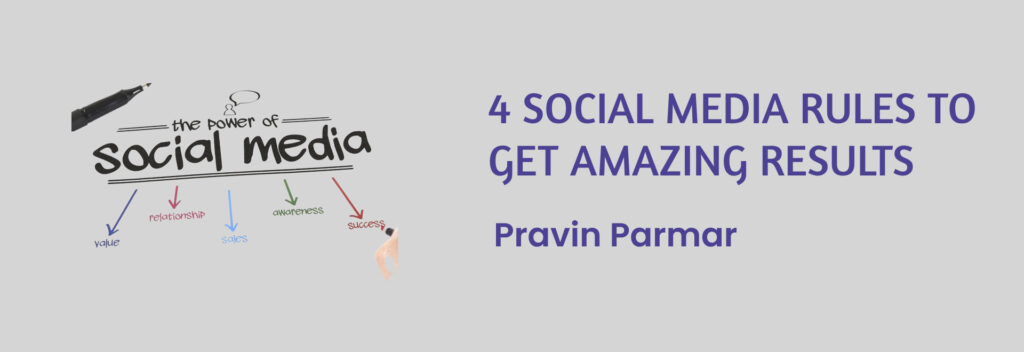Boost Your Online Presence: SEO Marketing Techniques and Strategies
It is now important that businesses secure their position in the internet realm as this is now a significant factor in the success of any business. ‘Search Engine Optimization’ or SEO is a major strategy that influences the probability of your website’s visibility to clients, increases traffic to your site, and positively impacts your business. It is through the utilization of proper SEO approaches that one can be very sure that his website will appear in the first few results of the SERPs while seeking to be found by potential clients. This blog will provide a brief overview of the role of SEO, a list of key SEO professionals in Ahmedabad, and practical tips and skills in SEO marketing in India. From where you can find the SEO solutions company from India or if you are looking for cheap SEO services, we help you. SEO Fundamentals What is SEO and its fundamental elements?SEO is the act of ensuring the website displays in the most favorable manner in search engines by incorporating keywords and facts into the website that are friendly to search engines like Google. Com, Bing. Com, and Yahoo. Com On-section SEO, off-section SEO, and technical SEO are the three types of SEO. On-page SEO: This is centered on improving the ranking of single websites through the optimization of specific web views. This can be achieved through keyword optimization, meta tags, headers, and the content quality of the web pages. Off-page SEO: This is the process of optimizing your website off the site in a bid to increase its performance and ranking. This encompasses link building, social media advertising, and marketer communications or market influencing. Technical SEO: A tool used to make sure that the site developed is compliant with the numerous standard requisites of the search engines. It involves site speed, mobile optimization, and the use of Secure Sockets Layer (SSL) particularly the Hypertext Transfer Protocol Secure (HTTPS). How SEO Works to Boost Business RankingSEO functions under the premise of enhancing the relevance and credibility of the digital platform. Most search engines employ some of the complex ranking techniques to find out which of the sites is relevant to a particular search item. To gain a better level of compatibility with such algorithms, this makes it easier to rank high on the SERP. Importance of Keyword Research and TargetingKeyword research is one of the most crucial focuses for any proper SEO campaign. This way, they can target the correct clients, hence the need to identify the right keywords. The first one is keyword targeting which is the process of applying these keywords to enhance the relevance of content of your website. The list of the Best SEO professionals in Ahmedabad Understanding the SEO Status of AhmedabadCurrently, Ahmedabad is nurturing a promising industry of digital marketing, with many SEO freelance and agency-level professionals providing only high-quality services. Such people apply this knowledge to assist companies in enhancing their position on the internet and reaching marketing objectives. This is the list of top SEO experts in Ahmedabad. Expert 1: They are famous for their well-developed SEO systems, new approaches, and effectiveness. Expert 2: Has concentrated mainly on local SEO, and has assisted various enterprises in the city of Ahmedabad to achieve the topmost rank in the local searches. Expert 3: Provides complete SEO solutions and can work at site level for on-site and off-site SEO and other technical work. Life Histories or Biographies of Some of the Best SEO Specialists in Ahmedabad Welcome to this case study which illustrates how Expert 1 was able to assist a local business firm to enhance its organic traffic from the search engines by 150% within six months. Real-life example of Expert 2’s client of how the company got to the top-ranked position in Google for specific competitive local keywords. Strategic SEO Approaches to Use in India An exposition of the effective SEO techniques that would be best implemented in the Indian market.The SEO Services in India are somewhat different from the SEO in other countries because of the specific approaches necessary in such a market. These are strategies like local SEO; mobile optimization; and content localization. Keyword Targeting Exclusive to Indian AudienceDefine search query types that are used by people from India and try to use these words in your hub. Google Keyword Planner is recommended to research for potential keywords. Solutions Regarding the Content, Specifically Designed for the Indian AudienceMake content that reflects India and appeals to the Indian people. This includes the use of regional languages, capturing local trends, and giving culturally sensitive information. How to select the best SEO company in India? How to choose the best SEO Company It shows the experience and expertise of the business in the related industry. Positive experience A comprehensive range of services Another is a clear indication of the price in sales and operations management as well as ethical approaches in doing business. Giving the necessary appraisal for some of the top SEO companies that are located in India. Rated the best Local SEO Services. This is an organization that deals with SEO solutions that are cheap and very reliable. Were ranked high for the packages that they offer in regards to SEO services. Advantages of Associating with a Good SEO CompanyWorking with a reliable agency means that you will be getting professional advice, tools, and specific approaches that will be appropriate for your field. What to Expect from SEO Agencies in Ahmedabad Types of SEO Services Offered by the SEO Agencies in AhmedabadThe services provided by SEO agencies in Ahmedabad include; keyword analysis, content optimization, backlinks, technical SEO, and local SEO. Cross-System Comparisons of ServicesMake sure to compare the services of the different agencies so that you can note the disparities and select the agency that satisfies all your needs. You should pay attention to whether the offer is affordable, who will complete the work, and if previous clients were satisfied with the services. In What Way Can These
Boost Your Online Presence: SEO Marketing Techniques and Strategies Read More »





